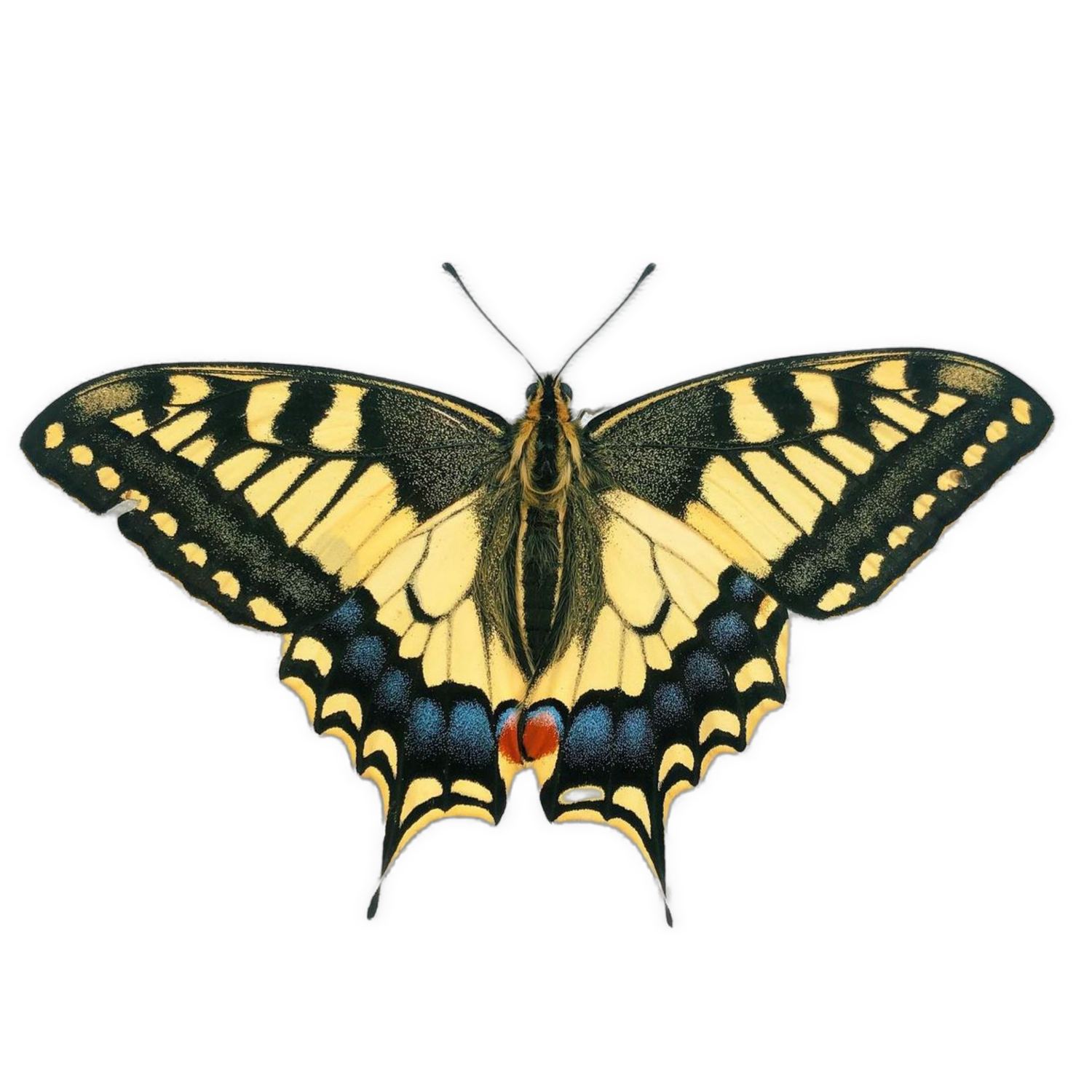Heliconius charithonius EGGS
Heliconius charithonia, the Zebra Longwing, is a lovely butterfly native to Central and South America that does very well in captivity, particularly in greenhouse style setups, but can nonetheless be kept as any other butterfly. The species is typified by its elongated wing shape and infamous black and white stripes - clearly where its name comes from - and has a long lifespan of at least 2-3 months (often up to 5 or 6) when flowers and pollen are in good supply. Being a Longwing, these butterflies extend their lifespan by digesting amino acids of the pollen they obtain from nectar flowers, so it is always helpful to have lots of flowers on offer! A standard nectar solution is also ideal, and if you are short of flowers you can supplement the amino acids by mixing ‘essential amino acids’ (bulk powder) into the solution. They enjoy some warmth, but not heat, as well as humid conditions. If in a greenhouse or similar, ensure there is lots of shading as direct sunlight can cause overheating. The caterpillars are easy to raise and feed exclusively on Passionvine (Passiflora) plants, including the commonly available Passiflora caerulea and most other varieties available online or in garden centres. Pupae require a humid environment to develop and emerge properly, I recommend using the polystyrene box method described in this care guide as other methods result in failed emergence.
Host plants - Passiflora
Difficulty - Easy (3/10)
Temperature - Rear larvae at room temp.; adults require moderate warmth
Lifecycle - Continually brooded
Heliconius charithonia, the Zebra Longwing, is a lovely butterfly native to Central and South America that does very well in captivity, particularly in greenhouse style setups, but can nonetheless be kept as any other butterfly. The species is typified by its elongated wing shape and infamous black and white stripes - clearly where its name comes from - and has a long lifespan of at least 2-3 months (often up to 5 or 6) when flowers and pollen are in good supply. Being a Longwing, these butterflies extend their lifespan by digesting amino acids of the pollen they obtain from nectar flowers, so it is always helpful to have lots of flowers on offer! A standard nectar solution is also ideal, and if you are short of flowers you can supplement the amino acids by mixing ‘essential amino acids’ (bulk powder) into the solution. They enjoy some warmth, but not heat, as well as humid conditions. If in a greenhouse or similar, ensure there is lots of shading as direct sunlight can cause overheating. The caterpillars are easy to raise and feed exclusively on Passionvine (Passiflora) plants, including the commonly available Passiflora caerulea and most other varieties available online or in garden centres. Pupae require a humid environment to develop and emerge properly, I recommend using the polystyrene box method described in this care guide as other methods result in failed emergence.
Host plants - Passiflora
Difficulty - Easy (3/10)
Temperature - Rear larvae at room temp.; adults require moderate warmth
Lifecycle - Continually brooded
Heliconius charithonia, the Zebra Longwing, is a lovely butterfly native to Central and South America that does very well in captivity, particularly in greenhouse style setups, but can nonetheless be kept as any other butterfly. The species is typified by its elongated wing shape and infamous black and white stripes - clearly where its name comes from - and has a long lifespan of at least 2-3 months (often up to 5 or 6) when flowers and pollen are in good supply. Being a Longwing, these butterflies extend their lifespan by digesting amino acids of the pollen they obtain from nectar flowers, so it is always helpful to have lots of flowers on offer! A standard nectar solution is also ideal, and if you are short of flowers you can supplement the amino acids by mixing ‘essential amino acids’ (bulk powder) into the solution. They enjoy some warmth, but not heat, as well as humid conditions. If in a greenhouse or similar, ensure there is lots of shading as direct sunlight can cause overheating. The caterpillars are easy to raise and feed exclusively on Passionvine (Passiflora) plants, including the commonly available Passiflora caerulea and most other varieties available online or in garden centres. Pupae require a humid environment to develop and emerge properly, I recommend using the polystyrene box method described in this care guide as other methods result in failed emergence.
Host plants - Passiflora
Difficulty - Easy (3/10)
Temperature - Rear larvae at room temp.; adults require moderate warmth
Lifecycle - Continually brooded

